This article was co-authored by Meredith Juncker, PhD. Meredith Juncker is a PhD candidate in Biochemistry and Molecular Biology at Louisiana State University Health Sciences Center. Her studies are focused on proteins and neurodegenerative diseases.
There are 8 references cited in this article, which can be found at the bottom of the page.
This article has been viewed 270,445 times.
At some point, you may find that you need to determine the approximate temperature of water and do not have a waterproof thermometer. You can roughly figure out water’s temperature by looking for signs that indicate if it’s approaching boiling or freezing. You can also use your hand or your elbow to help gauge water temperature. Determining water temperature without a thermometer will not give you a precise degree of heat.
Steps
Using Your Hand and Elbow
-
1Hold your hand near the water. If you want to form a very rough idea of whether water is cold, lukewarm, or hot, first hold your hand above the water. If you feel heat radiate off of the water, it is hot and may burn you. If you feel no heat, the water will either be room-temperature or cold.
- Do not stick your hand directly into water—either in a kitchen or in nature—without first holding your hand above it to gauge the temperature.
-
2Dip your elbow in the water. If the water container is large enough, dip one of your elbows into the water. This will give you a rough idea of the water’s temperature. You’ll be able to instantly tell if the water is hot or cold.
- Avoid putting your hand into water of an unknown temperature, as you could scald yourself.
Advertisement -
3Gauge the water temperature. If you leave your elbow in the water or 5–10 seconds, you’ll be able to form a rough idea of the water’s temperature. If the water feels slightly warm, but not hot, it’s around 100 °F (38 °C).[1]
Determining if Water is Cold
-
1Look for condensation on the water container. If your water is in a glass or metal container (such as a thermos or a saucepan) and you notice condensation beginning to form, you’ll know that the water is colder than the surrounding air.[2]
- Roughly speaking, condensation will form more rapidly when the water is much colder than the air temperature.
- If you notice that condensation forms on the outside of a glass in 2 or 3 minutes, the water you’re dealing with is very cold.
-
2Note if ice begins to form. If the water in question is very cold and beginning to freeze, you’ll notice that a small layer of ice has begun to form around the edges. Water that is beginning to freeze will be very near 32 °F (0 °C), although it may still be a couple of degrees warmer, in the range of 33 to 35 °F (1 to 2 °C).[3]
- If you’re looking at a bowl of water in your freezer, for example, you’ll notice small pieces of ice starting to form where the water meets the side of the bowl.
-
3Check if the water is frozen. This is an easy step that you can complete with a single glance. If the water is frozen (solid ice), its temperature is at or below 32 °F (0 °C).
Gauging Heat by Bubble Size
-
1Look for small bubbles as water begins to heat. If you’d like to have a reasonably precise idea of water’s temperature as it heats, watch the small bubbles that form on the bottom of the pan or pot. Very small bubbles indicate that the water is roughly 160 °F (71 °C).[4]
- Bubbles at this low temperature are said to look like “shrimp eyes”—about the size of the head of a pin.
-
2Watch for medium-sized bubbles. As the water continues to heat, the bubbles on the bottom will grow until they’re slightly larger than the “shrimp eye” size. This is a good indication that your heating water is nearing 175 °F (79 °C).[5]
- Slight wisps of steam will also start to rise from the heating water as it reaches 175 °F (79 °C).
- Bubbles of this size are known as “crab eyes.”
-
3Watch for larger, rising bubbles. The bubbles on the pot’s bottom will continue to grow in size, and eventually start rising to the top of the water. At this point, your water will be about 185 °F (85 °C). You can also tell when the water reaches 185 °F (85 °C) because you’ll be able to hear a slight rattling sound from the bottom of the pot.[6]
- The first bubbles that begin to rise to the surface are about the size of “fish eyes.”
-
4Look for the “string of pearls” phase. This is the final stage of heating water before it begins to fully boil. Larger bubbles from the bottom of the pot will begin to quickly rise to the surface, forming several continuous chains of rising bubbles. Water at this stage will be between 195 to 205 °F (91 to 96 °C).[7]
- Soon after the “string of pearls” phase, the water will reach 212 °F (100 °C) and come to a rolling boil.
Community Q&A
-
QuestionHow do I know if the liquid I have is room temperature?
 Community AnswerIf the liquid has been sitting in plain atmosphere unbiased by things such as air conditioning, heaters, refrigeration, etc., it should be room temperature.
Community AnswerIf the liquid has been sitting in plain atmosphere unbiased by things such as air conditioning, heaters, refrigeration, etc., it should be room temperature.
Warnings
- Never stick a finger or hand in water that is boiling or near boiling. You could badly burn yourself.⧼thumbs_response⧽
References
- ↑ http://www.nationwidechildrens.org/bathing-your-baby
- ↑ https://www.acs.org/content/acs/en/education/whatischemistry/adventures-in-chemistry/experiments/condenstation-station.html
- ↑ https://www.britannica.com/science/ice
- ↑ http://www.waterencyclopedia.com/Ge-Hy/Hot-Springs-and-Geysers.html
- ↑ https://asiasociety.org/education/science-boiling
- ↑ http://tea.slaughter.com/fish-eyes-in-your-kettle/
- ↑ https://catalog.extension.oregonstate.edu/sites/catalog/files/project/pdf/4-h93111.pdf
- ↑ https://www.fsis.usda.gov/food-safety/safe-food-handling-and-preparation/food-safety-basics/high-altitude-cooking
About This Article
If you need to check water temperature for yeast without a thermometer, adjust the faucet until the water feels very warm but not too hot on your wrist. At that point the water should be around 105° F (40° C), which will work great for most yeast. To check water temperature without a thermometer for tea, fill a pot with water and place it over high heat. Once tiny bubbles start to form on the bottom of the pot, you can estimate that the water is around 160° F (70° C). Once visible steam starts to rise from the pot, the water is around 170-180° F (75-80° C). When large bubbles start to gently break the surface of the water, it’s around 190° F (90° C). When strings of bubbles start rising to the surface, the water is 200° F (95° C). Finally, once the water is at a full boil, it’s close to 210° F (100° C). To learn how to see when water is beginning to freeze, keep reading!
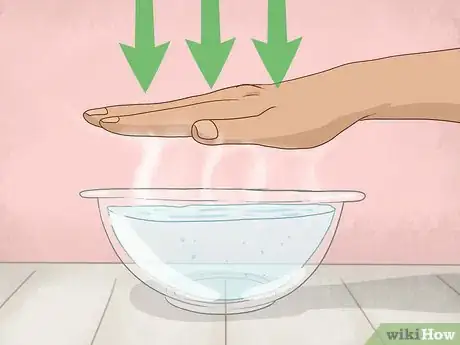

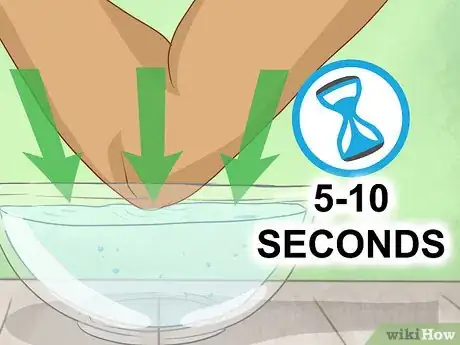

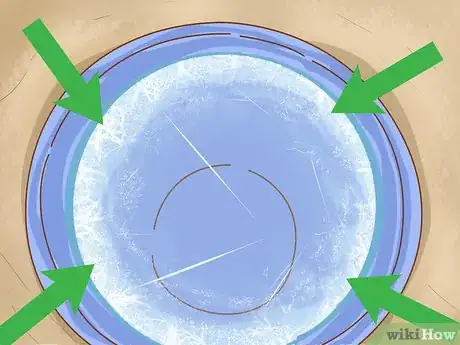
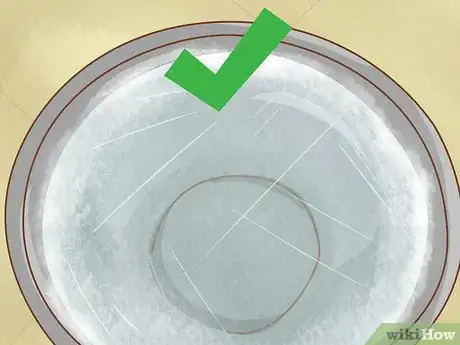

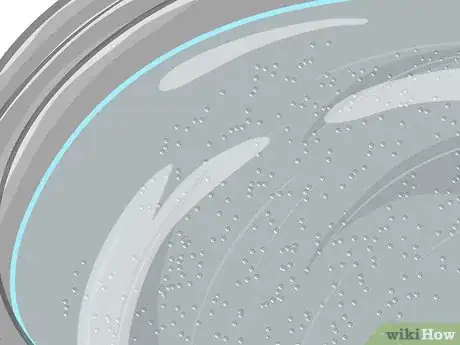
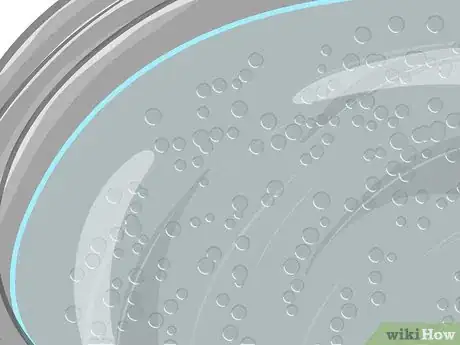

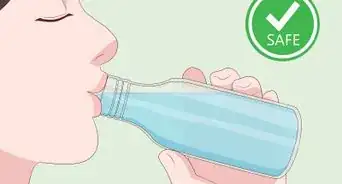

-Electric-Shock-Step-9.webp)





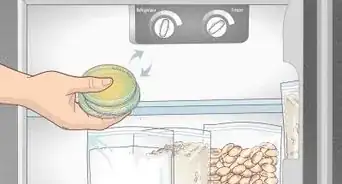
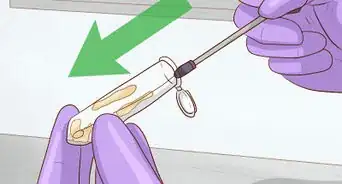
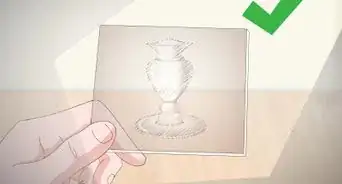

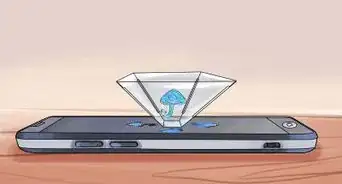









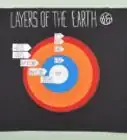

-Electric-Shock-Step-9.webp)


































